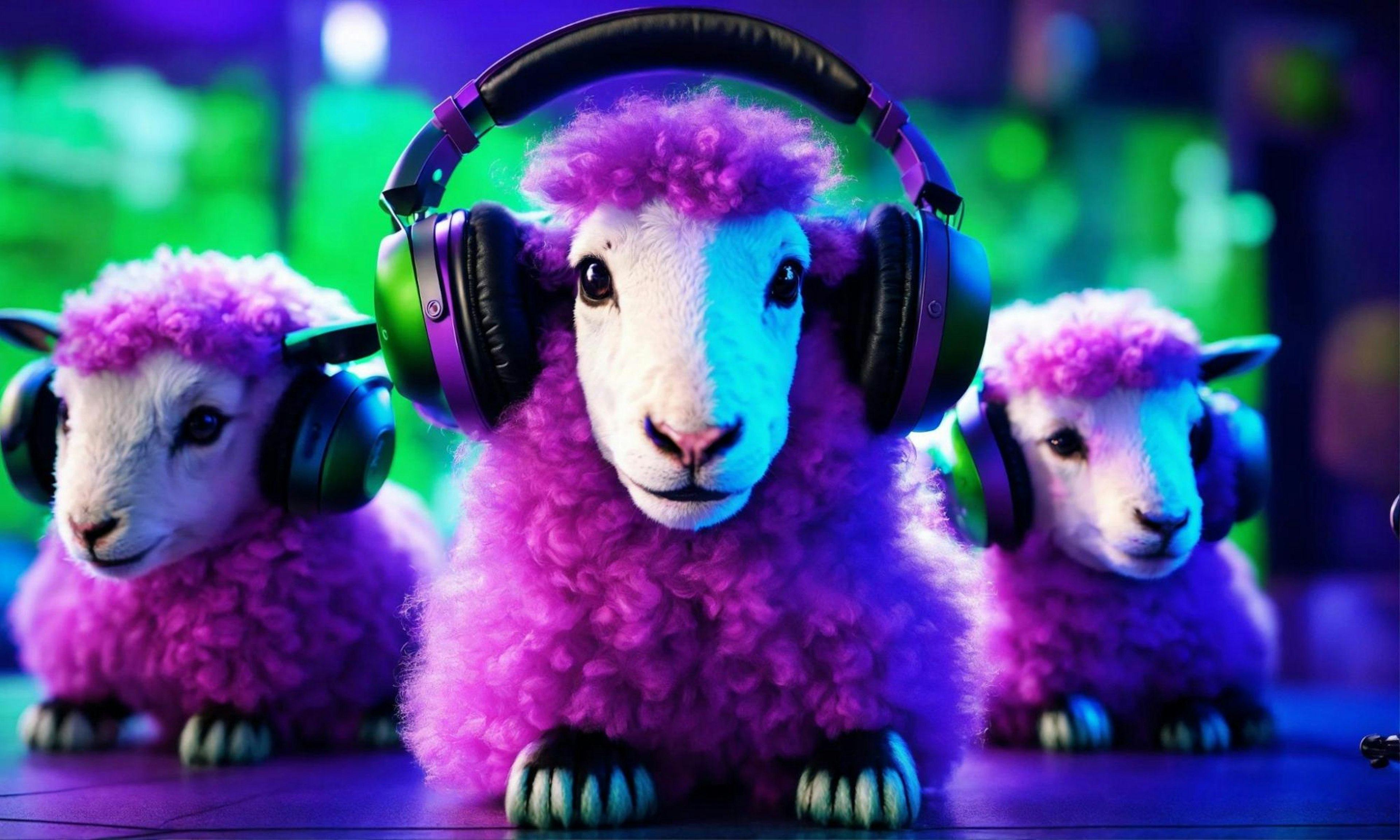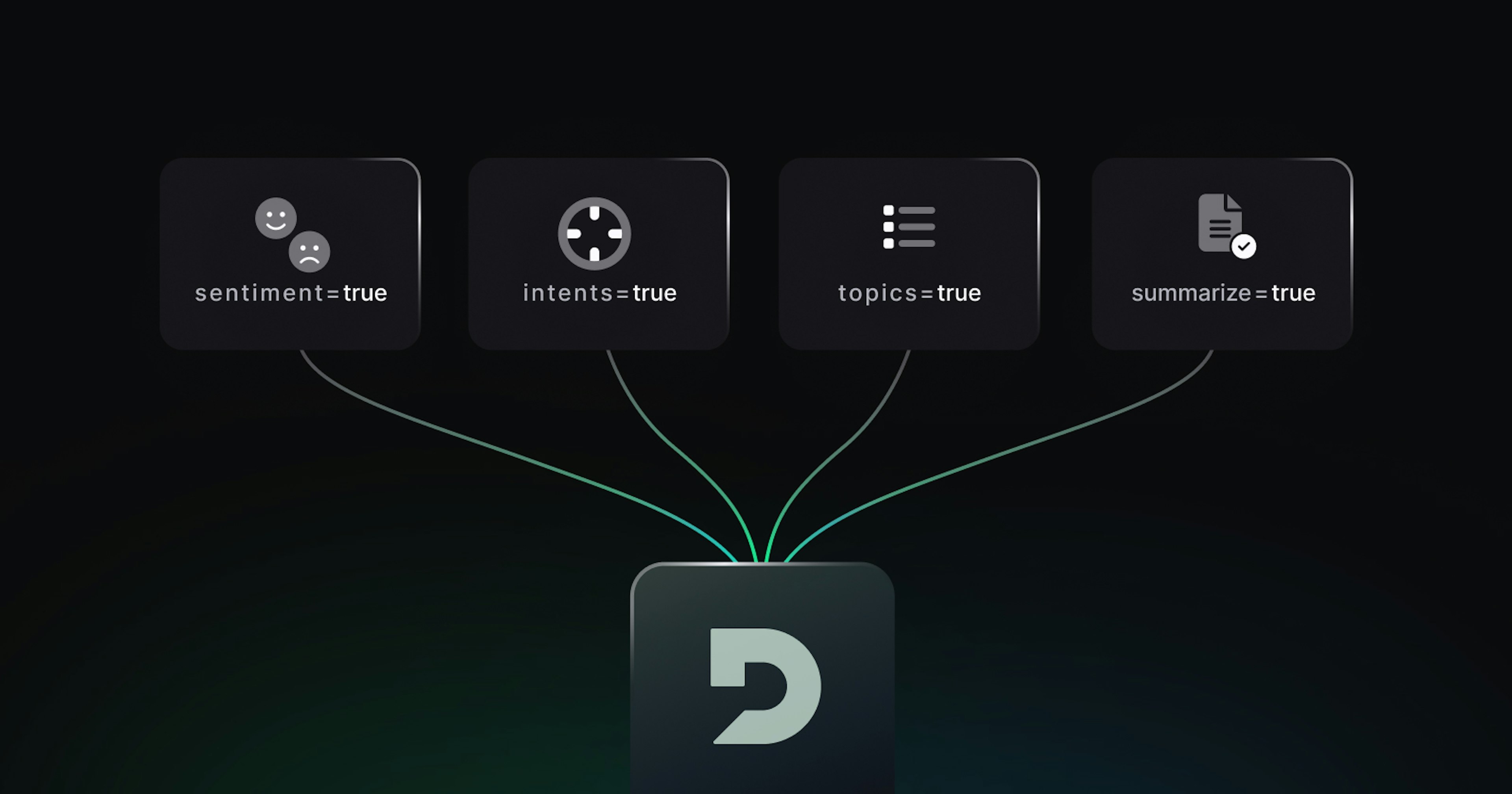
If you scroll through videos on social media, you are likely to stumble on tons of posts of the recreated voices and sometimes images of famous people, ranging from presidents to celebrities. These videos are usually comedic in nature, sometimes showing these famous people in everyday situations or ridiculous circumstances. Since the acceptance of AI by the general public, more and more of these generated audios now involve everyday people who use them to create content, insert themselves into their favorite games, and revive historical voices.
Voice cloning is the process of creating a digital simulation of a person’s voice. When done correctly, voice cloning is able to capture minute details such as accents, tone, breathing and speech patterns, and voice inflections thus creating a perfect replica of the original voice. Although the first voice cloning software was created in 1998, it was not until 2016 that the first of the new generation of voice cloning software backed by AI was created. The WaveNet model created by Google’s DeepMind was the first in a series of text to speech models that helped lay the groundwork for the voice cloning softwares that we have today.
Today, voice cloning is used in various industries to save time, personalize experiences, create content, and provide accessibility for people living with disabilities. Like other types of generative AI, voice cloning is increasingly becoming more popular as the technology advances and synthetic voices become more human. This means that now more than ever, it is important to understand how voice cloning works, the applications of voice cloning, and future directions and ethical issues.
How does voice cloning work?
Voice cloning is usually created using a text to speech system that converts written text into human speech. This is usually done using artificial intelligence and machine learning algorithms. Like other types of generative AI, the process of creating voice cloning systems begins with collecting huge amounts of data to create a dataset of the individual’s voice samples. These voice samples or recordings should contain a variety of voices, accents, tones, and expressions to represent different voices, nuances, and situations. These samples are then organized, labeled, and fed to the AI models where they will be used. This is the first stage of creating a working voice cloning model.
After collecting and preparing the data, the voice samples are analyzed using neural networks which are able to deduce the patterns and sequence of that person’s speech, tone, and inflections. This is then modified into a framework that an AI model can understand, allowing the model to analyze and reproduce human speech. This is done using Generative Adversarial Networks (GANs), an AI architecture made up of two important parts;
The Generator: This component creates the synthetic voice by analyzing the data gotten from the voice samples using voice synthesizers and cloning software.
The Discriminator: This component differentiates between the generated voices and real human voices. This helps to make sure that the synthesized voice is indistinguishable from authentic human voices.
The major difference between voice synthesis and voice cloning is that while voice cloning is specifically replicating a particular person’s voice, voice synthesis is used to reproduce artificial speech not necessarily an individual voice. Because of this, voice cloning requires an input voice and the success of the process depends on the ability of the model to replicate the input voice. Meanwhile with voice synthesis, models are able to produce human voices.
Applications of Voice Cloning
One of the most common uses of voice cloning is in the personalization of apps, software, and media for customers. In industries like healthcare and finance, voice cloning can be used by companies and hospitals to create digital avatars for customers to foster trust and confidence. In this instance, voice cloning can signify that services are personalized for each customer, ensuring that customers feel seen and heard. For some social media platforms, providing voice cloning software provides users with ways to express their creativity and create content faster and easier. Voice cloning in games and interactive media also helps users to immerse themselves in the experience by adding a layer of communal collaboration.
Another great use of voice cloning is in creative work. Voice cloning is frequently used by voice actors, audiobook readers, game developers and other audio workers to make the process of creation easier and more efficient. By using voice cloning AI, they are able to reduce the costs of making games, audiobooks or podcasts while paying more attention to the work that they actually like. Through voice cloning, we are also able to bring back the voices of people who have passed away ranging from famous celebrities to family and friends. In the field of education, lecturers and teachers are now able to clone their voices to provide content and lectures for students.
An important application of voice cloning is the convenience and options it gives to people living with disabilities. Nonverbal neurodivergent individuals who sometimes have difficulty processing speech can use voice cloning software as an effective alternative. People with conditions like Huntington’s disease, strokes, and Amyotrophic Lateral Sclerosis (ALS) can also use voice cloning to recreate their voice.
Ethical concerns with voice cloning
While voice cloning has a lot of benefits for both individuals and organizations, there are some concerns about the potential misuse of the technology. One popular area is with the use of voice cloning software for fraud and impersonation. Some bad faith actors are using voice cloning softwares to impersonate the voices of people’s loved ones. This includes committing identity theft, deceiving people, or impersonating the voice of a friend or family member to collect money. There may also be legal implications such as in cases involving copyright violations or the voice cloning of individuals who have not consented to it. This also extends to scenarios where voice cloning is used for misinformation.
Most of these concerns can be solved by ensuring that voice cloning technology is used in a responsible and ethical way. This requires collaboration between technologists, public policy makers, and society to adequately address these concerns.
Conclusion
Voice cloning is increasingly being used across industries as a way to personalize experiences, create content and art more efficiently, and incrase accessibility for people living with disabilities. Like any other type of technology, the success of voice cloning depends on the ability of AI companies to curb potential misuse ensuring that users are able to use trust the software. While voice cloning is undoubtedly revolutionizing the way we create and work, we need to ensure that we are also addressing ethical and legal concerns that may arise. This way, the technology can continue to evolve and users will be assured of their safety and privacy,



